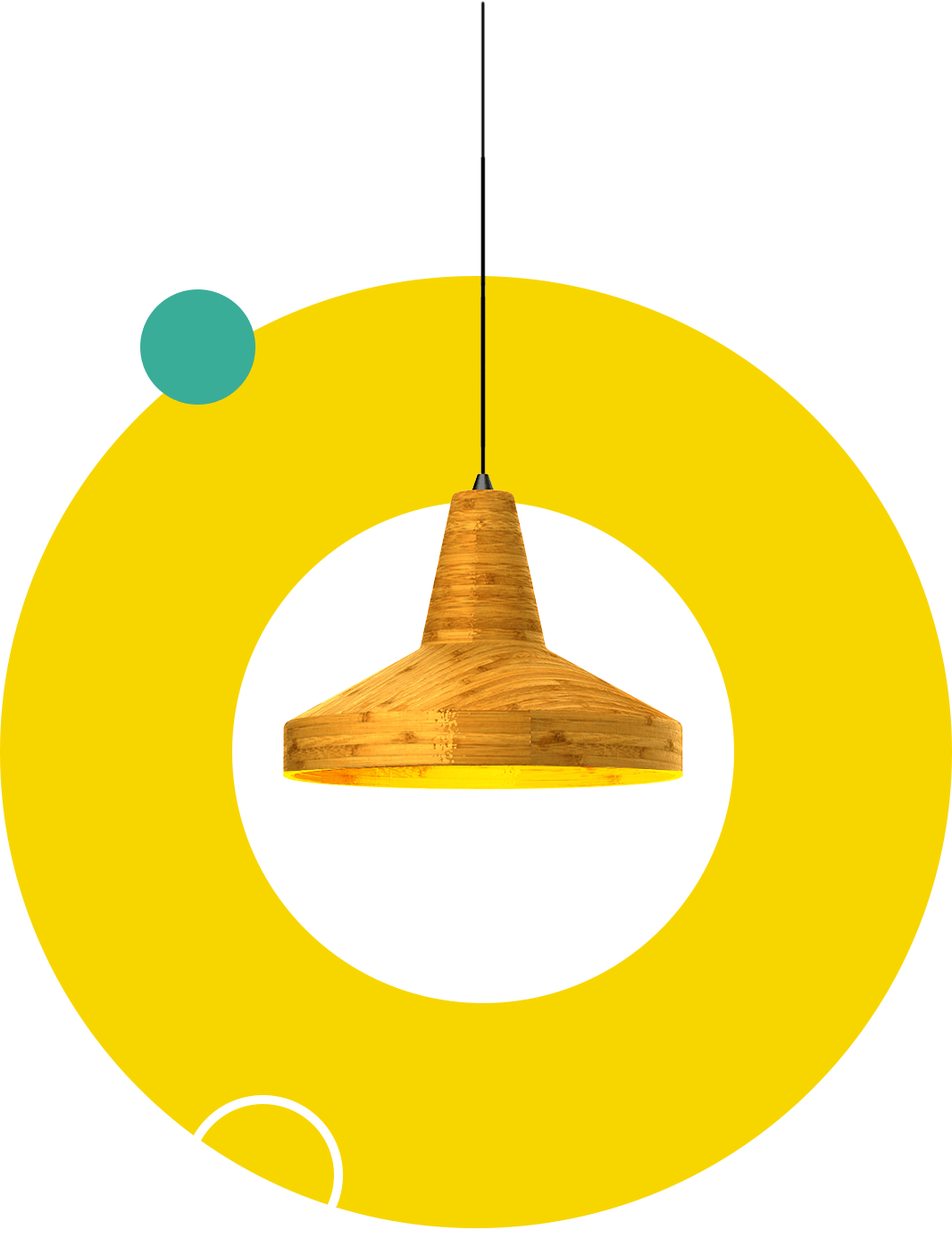Conducting the Interview
There are many things to consider when conducting interviews with past or present customers. The most important of these, perhaps, is transparency. Let your interviewee know exactly what your goals for the interview are. This will help to avoid confusion and help limit the number of biased answers you’ll receive.
So, what kinds of questions should you ask?
Truthfully, you need a mix of both general and open-ended questions. The general questions get you basic information that is fundamental to understanding your customers, but the open-ended questions will offer you the information you need to understand and create a story for your buyer personas.
Customers differ from industry to industry. It is crucial that you keep that in mind when conducting your interviews. Take the time and ask yourself, “what kind of specific information am I going to need to get the most out of my interviews?”
No matter what industry you are in, there are obvious questions that need to be answered and other important questions that will bring your personas to life. Start with the basic info and work your way into questions that will offer you more insight into what it’s like to be the customer.
General Questions
Like we said before, demographic information is a good start. It will give you insight into what the person looks like – an important first step before understanding how they think.
- What is their age?
- What is their ethnicity?
- What is their gender?
- What is their marital status?
- Do they have children?
- Where do they live?
- Do they own or rent their home?
Career Questions
These questions will likely vary depending on whether you are a B2B or B2C business. However, in terms of creating buyer personas and developing their story, it’s important to know the details of a customer’s work life.
- What industry do they work in?
- What level of seniority do they hold?
- What level do they aspire to hold?
- How long have they held their position?
Lifestyle Questions
In order to think like your customers, you need to know what their day to day looks like. This will reveal what it’s like to be them. It shows what they find interesting, what they find frustrating, and an overall understanding of the choices they make.
- What does a day in their life look like?
- What keeps them up at night?
- What are their goals?
- What do they do for fun?
- Who are the most important people in their life?
Buying Behavior Questions
This may be the most important set of questions that you’ll be asking your interviewees. They provide insight into things that you simply can’t predict by speculating. The answers to these questions will be the guidelines for developing great buyer personas.
- What problems do they have that your products/services solve?
- How do they make decisions about products/services?
- Where do they go for information about products/services?
- What experience are they hoping for with your product/service?
- What are their the most common objections to using your product/service?
- What traits do they value most in a company?
Pain-Point Questions
Understanding the pain and frustrations of your customers is the last set of questions that will give you a well-rounded persona. While buying behavior shows you what makes your customers buy, pain-points show you their fears and reveals the things that you need to avoid.
- What is the most stressful part of their day?
- What type of interactions do they find most frustrating?
- What behaviors make them the most skeptical?
- What is their least favorite part of their job?
- What purchase did they most regret?
- What is the worst customer service experience they’ve ever had?
Lastly, take a moment after your interview and ask yourself, “what might they not have told me?” This question can also provide a lot of insight in some situations. Just keep in mind that it is purely speculative.
Again, you have to remember that things will differ from industry to industry. You might have specific info that you need to know to get the most out of your buyer personas. You want a full picture (positive and negative) in order to best build your personas and get the most out of them. Just don’t fabricate the details.
Buyer persona research is only effective if it is authentic.



 Jane is a 44-year-old Asian-American female. She is a department head at the company she works for. She is married with no children and lives in the suburbs.
Jane is a 44-year-old Asian-American female. She is a department head at the company she works for. She is married with no children and lives in the suburbs.







